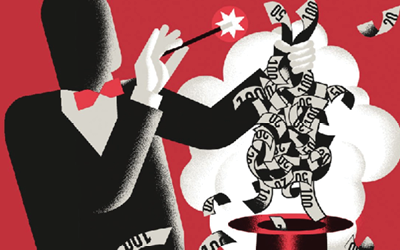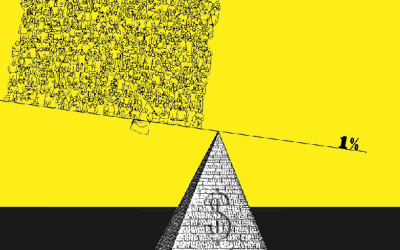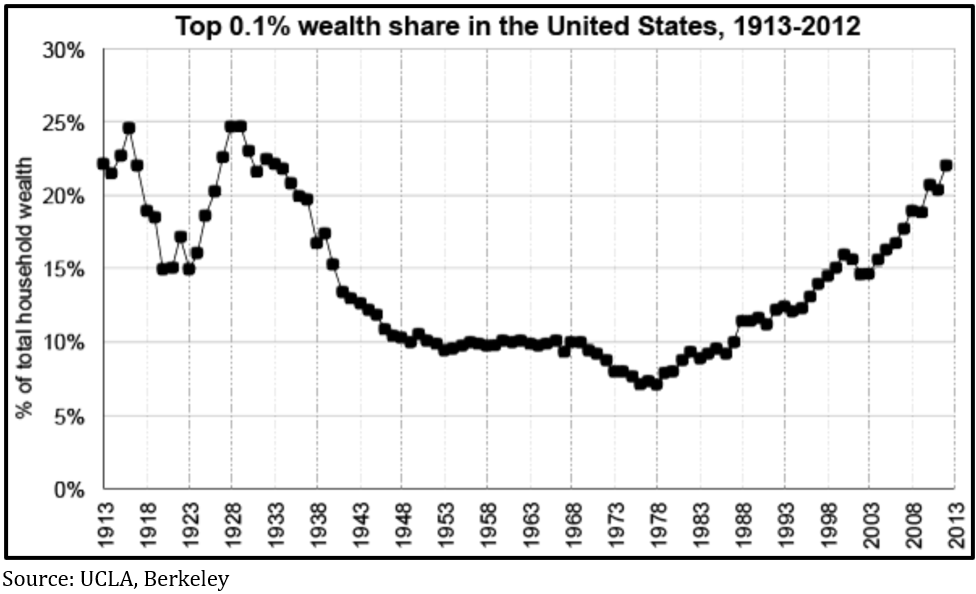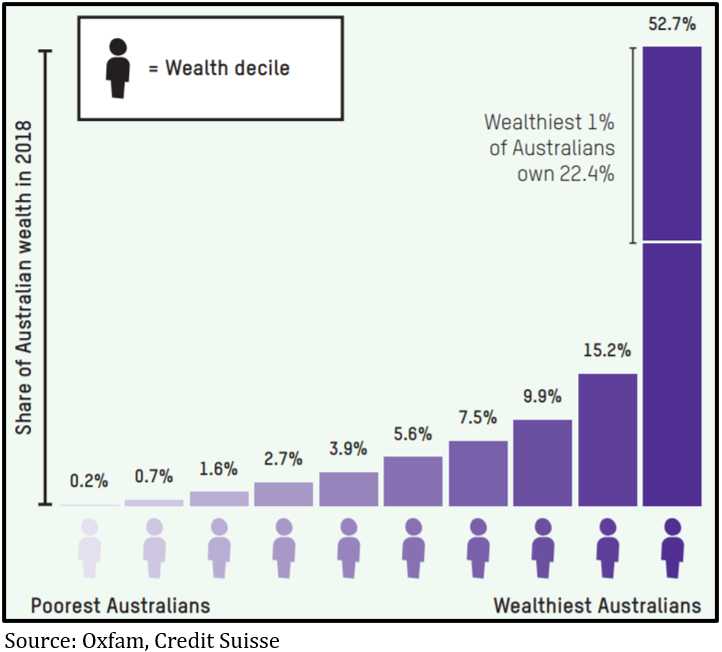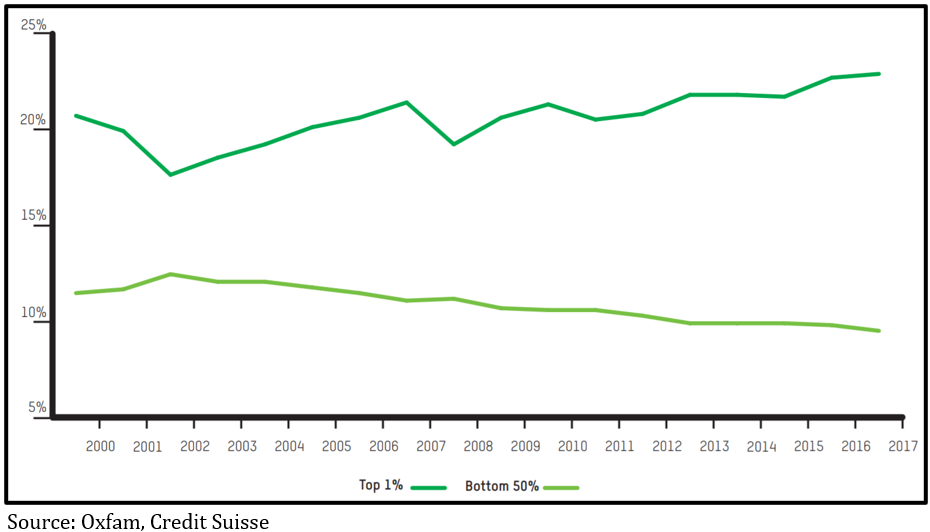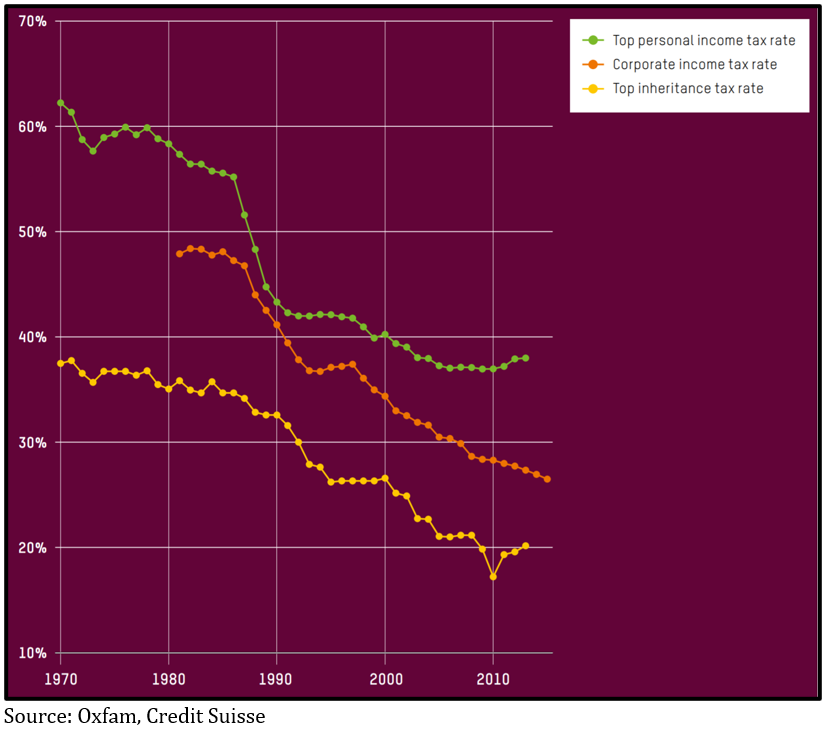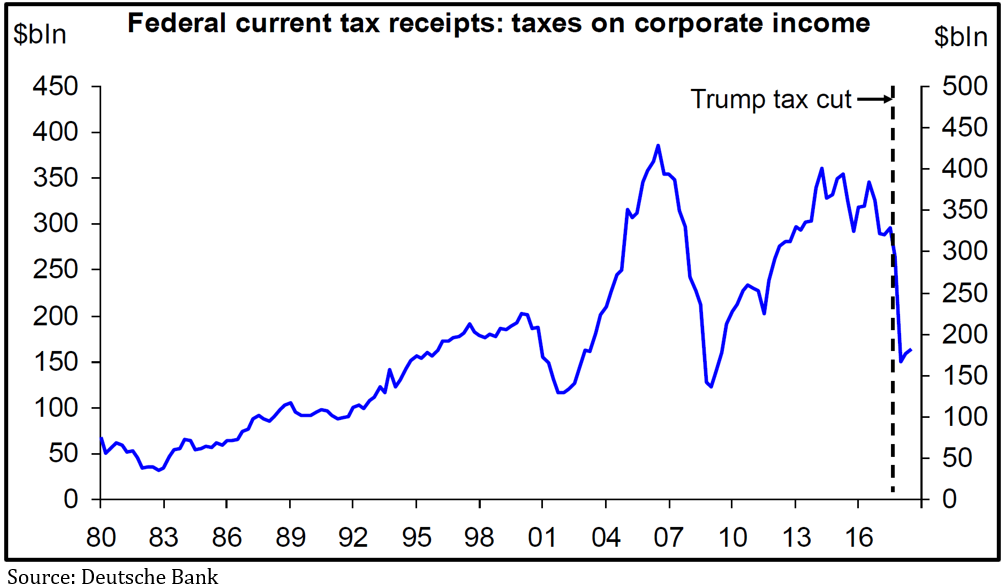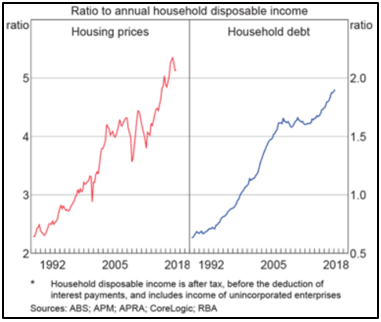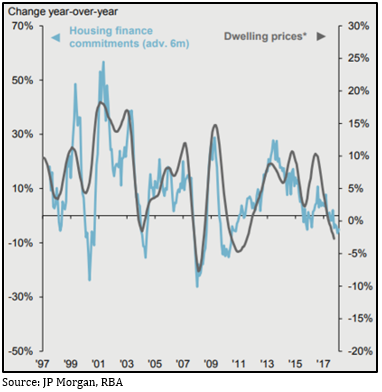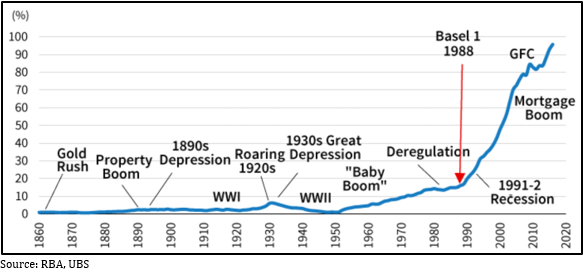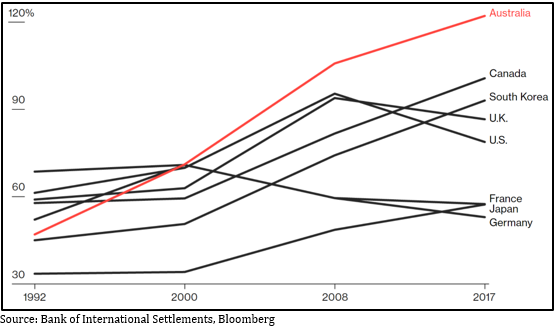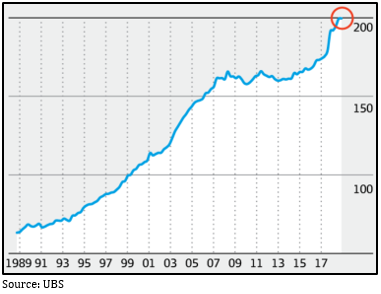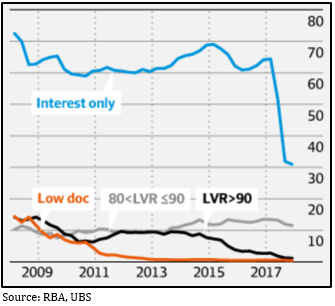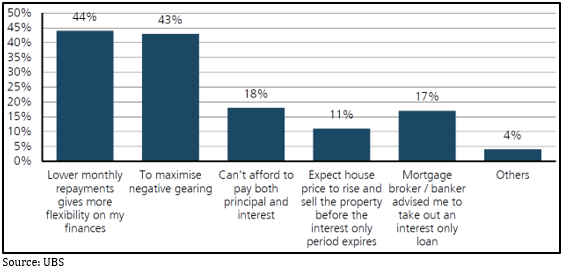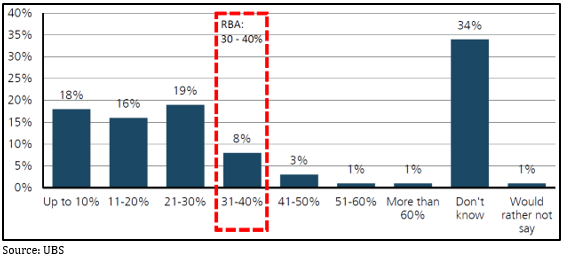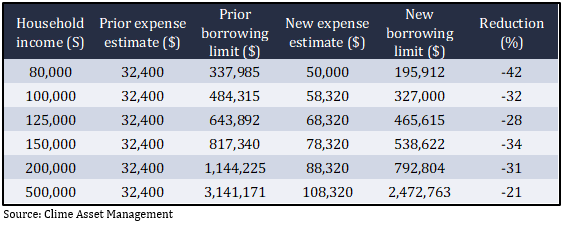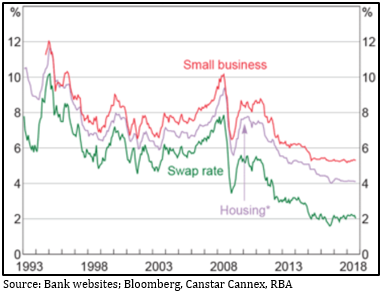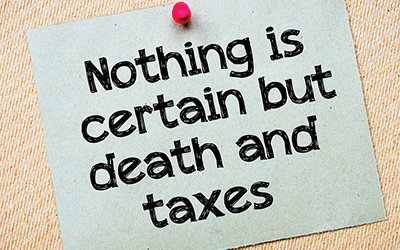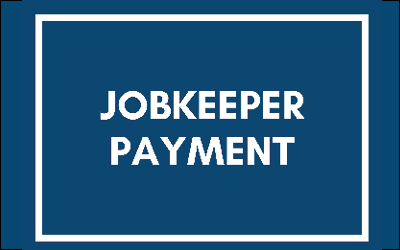
Jobkeeper Payment
The Federal Government last night announced its 3rd, and largest, round of stimulus with a $130 billion package aimed at businesses impacted by the COVID-19 pandemic. Eligible businesses will receive a fortnightly wage subsidy up to $1,500 per eligible employee as part of a Federal Government action to prevent the significant jobs losses due to the COVID-19 pandemic.
The Government has released a helpful Fact Sheet detailed below.
OBLIGATIONS ON EMPLOYERS
To receive the JobKeeper Payment, employers must:
- Register an intention to apply on the ATO website and assess that they have or will experience the required turnover decline.
- Provide information to the ATO on eligible employees. This includes information on the number of eligible employees engaged as at 1 March 2020 and those currently employed by the business (including those stood down or rehired). For most businesses, the ATO will use Single Touch Payroll data to pre-populate the employee details for the business.
- Ensure that each eligible employee receives at least $1,500 per fortnight (before tax). For employees that were already receiving this amount from the employer then their income will not change. For employees that have been receiving less than this amount, the employer will need to top up the payment to the employee up to $1,500, before tax. And for those employees earning more than this amount, the employer is able to provide them with a top-up.
- Notify all eligible employees that they are receiving the JobKeeper Payment.
- Continue to provide information to the ATO on a monthly basis, including the number of eligible employees employed by the business.
BACKGROUND ON JOBKEEPER PAYMENT
Under the JobKeeper Payment, businesses impacted by the Coronavirus will be able to access a subsidy from the Government to continue paying their employees. Affected employers will be able to claim a fortnightly payment of $1,500 per eligible employee from 30 March 2020, for a maximum period of 6 months.
Eligible empyloyers
Employers will be eligible for the subsidy if:
- their business has a turnover of less than $1 billion and their turnover will be reduced by more than 30 per cent relative to a comparable period a year ago (of at least a month); or
- their business has a turnover of $1 billion or more and their turnover will be reduced by more than 50 per cent relative to a comparable period a year ago (of at least a month); and
- the business is not subject to the Major Bank Levy.
The employer must have been in an employment relationship with eligible employees as at 1 March 2020, and confirm that each eligible employee is currently engaged in order to receive JobKeeper Payments.
Not-for-profit entities (including charities) and self-employed individuals (businesses without employees) that meet the turnover tests that apply for businesses are eligible to apply for JobKeeper Payments.
Eligible employees
Eligible employees are employees who:
- are currently employed by the eligible employer (including those stoo down or re-hired);
- were employed by the employer at 1 March 2020;
- are full-time, part-time, or long-term casuals (a casual employed on a regular basis for longer than 12 months as at 1 March 2020);
- are at least 16 years of age;
- are an Australian citizen, the holder of a permanent visa, a Protected Special Category Visa Holder, a non-protected Special Category Visa Holder who has been residing continually in Australia fro 10 years or more, or a Specia Category (Subclass 444) Visa Holder; and
- are not in receipt of a JobKeeper Payment from another employer.
If your employees receive the JobKeeper Payment, this may affect their eligibility for payments from Services Australia as they must report their JobKeeper Payment as income.
APPLICATION PROCESS
Business with employees
Initially, employers can register their interest in applying for the JobKeeper Payment via ato.gov.au from 30 March 2020.
Subsequently, eligible employers will be able to apply for the scheme by means of an online application. The first payment will be received by employers from the ATO in the first week of May.
Eligible employers will need to identify eligible employees for JobKeeper Payments and must provide monthly updates to the ATO.
Participating employers will be required to ensure eligible employees will receive, at a minimum, $1,500 per fortnight, before tax.
It will be up to the employer if they want to pay superannuation on any additional wage paid because of the JobKeeper Payment.
Further details for businesses for employees will be provided on ato.gov.au
Businesses without employees
Businesses without employees, such as the self-employed, can register their interest in applying for JobKeeper Payment via ato.gov.au from 30 March 2020.
Businesses without employees will need to provide an ABN for their business, nominate an individual to receive the payment and provide that individual’s Tax File Number and provide a declaration as to recent business activity.
People who are self-employed will need to provide a monthly update to the ATO to declare their continued eligibility for the payments. Payment will be made monthly to the individual’s bank account.
Further details for the self-employed will be provided on ato.gov.au.
Employer with employees on different wages
Adam owns a real estate business with two employees. The business is still operating at this stage but Adam expects that turnover will decline by more than 30 per cent in the coming months. The employees are:
- Anne, who is a permanent full-time employee on a salary of $3,000 per fortnight before tax and who continues working for the business; and
- Nick, who is a permanent part-time employee on a salary of $1,000 per fortnight before tax and who continues working for the business
Adam is eligible to receive the JobKeeper Payment for each employee, which would have the following benefits for the business and its employees:
- The business continues to pay Anne her full-time salary of $3,000 per fortnight before tax, and the business will receive $1,500 per fortnight from the JobKeeper Payment to subsidise the cost of Anne’s salary and will continue paying the superannuation guarantee on Anne’s income;
- The business continues to pay Nick his $1,000 per fortnight before tax salary and an additional $500 per fortnight before tax, totalling $1,500 per fortnight before tax. The business receives $1,500 per fortnight before tax from the JobKeeper Payment which will subsidise the cost of Nick’s salary. The business must continue to pay the superannuation guarantee on the $1,000 per fortnight of wages that Nick is earning. The business has the option of choosing to pay superannuation on the additional $500 (before tax) paid to Nick under the JobKeeper Payment.
Adam can register his initial interest in the scheme from 30 March 2020, followed subsequently by an application to ATO with details about his eligible employees. In addition, Adam is required to advise his employees that he has nominated them as eligible employees to receive the payment. Adam will provide information to the ATO on a monthly basis and receive the payment monthly in arrears.
Employer with employees who have been stood down without pay
Zahrah runs a beauty salon in Melbourne. Ordinarily, she employs three permanent part-time beauticians, but the government directive that beauty salons can no longer operate has required her to shut the business. As such she has been forced to stand down her three beauticians without pay.
Zahrah’s turnover will decline by more than 30 per cent, so she is eligible to apply for the JobKeeper Payment for each employee, and pass on $1,500 per fortnight before tax to each of her three beauticians for up to six months. Zahrah will maintain the connection to her employees, and be in a position to quickly resume her operations.
Zahrah is required to advise her employees that she has nominated them as eligible employees to receive the payment. It is up to Zahrah whether she wants to pay superannuation on the additional income paid because of the JobKeeper Payment.
If Zahrah’s employees have already started receiving income support payments like the JobSeeker Payment when they receive the JobKeeper Payment, they will need to advise Services Australia of their new income.

